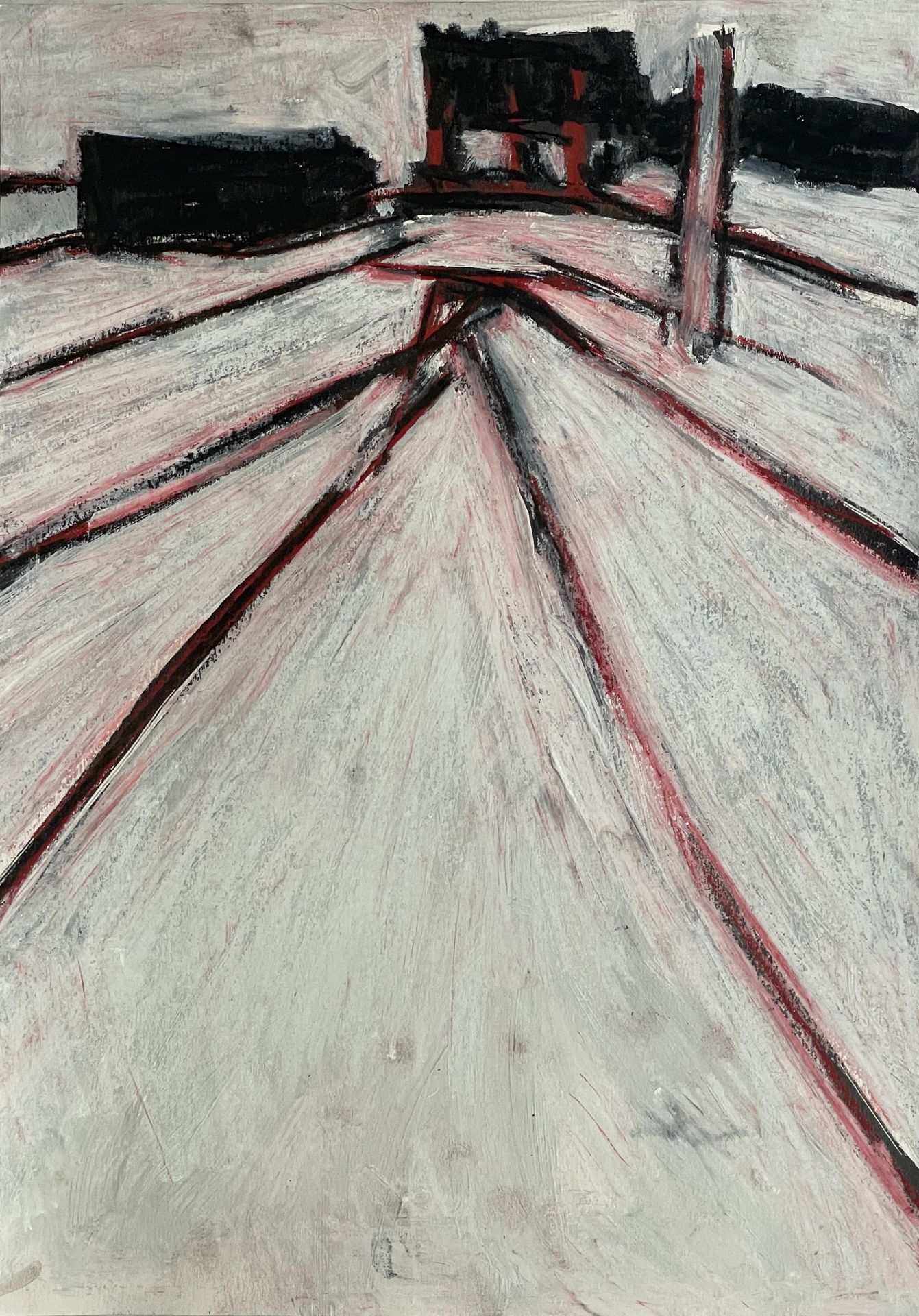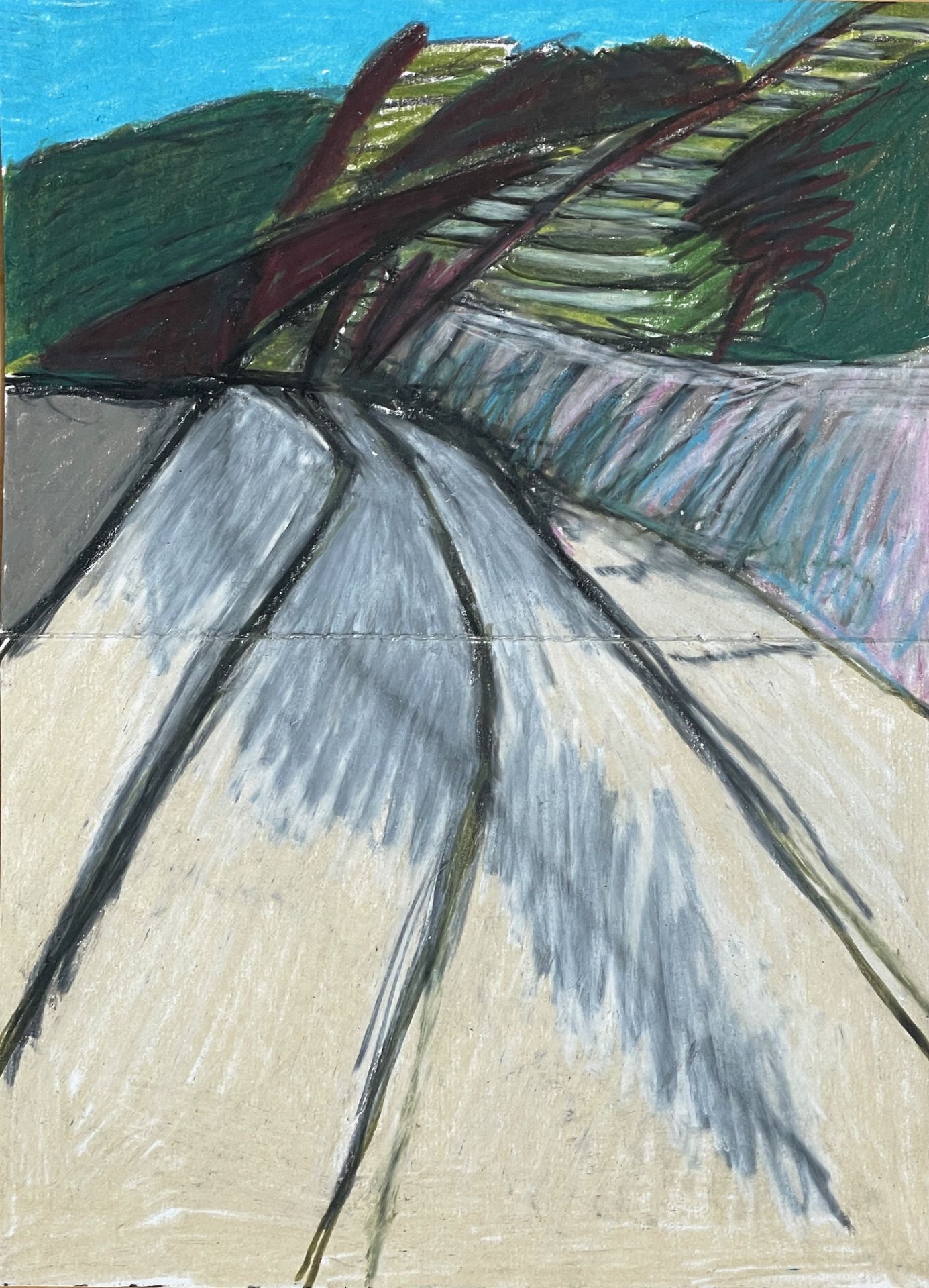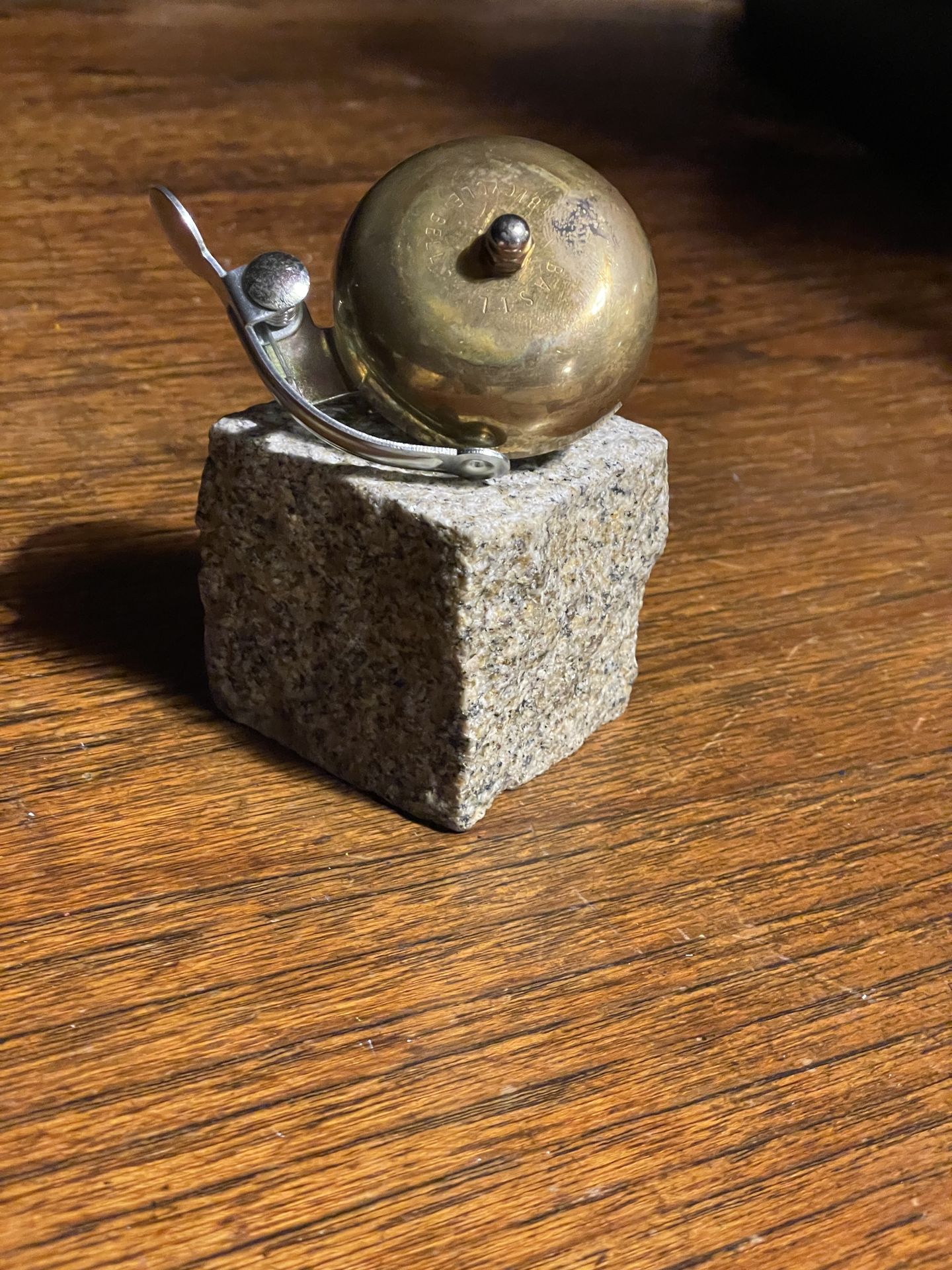Lee Ranaldo over de tentoonstelling in nodenaysteen 11/10 - 11/11/2025
The works on view are recent creations, many the result of a 5-week August/September 2025 residency in in the city of Krems, Austria, situated in the Wachau white wine region. I have created a new group of Lost Highway drawings, in a larger format than previously attempted. They are notations, improvisations, spontaneous impressions, most often done while sitting in the passenger seat of a moving vehicle. This series has it's origins in the endless city-to-city travels that are part of a musician’s life. The activity – sketching from the passenger seat of a moving vehicle, has now become something of a habit. In my Krems studio I began making larger (A3) size images, using my smaller drawings das templates. I was trying to keep the initial spontaneous impressions alive, while ‘growing’ the works to a larger format.

I also began experimenting with a new sequence of abstractions, pairing them with the Lost Highway images, as a way to open these works up to new meanings. The abstractions are still nascent, without parameters or pre-determination at this early stage. Experiments with shape and form. My goal at this early stage of development is to produce them without judgement, almost unconsciously, and see where they lead me.
Many of my Lost Highway drawings I create these days are done in quite small formats – often the ‘pocket notebooks’ I always carry with me. These small books also hold written notes, ideas, lyrics, poems and thoughts. When I flip through the books, the Lost Highway images intermingle with the written words, and other scratches and sketches. I wanted to include some of these notebook texts as companions to the road images in this new, larger format – alongside the abstractions as another way to expand the scope of the works.
Some of these new text works stem from research I’ve done in the last 2 years into the work of an artist I’ve long had many affinities with, Canadian Greg Curnoe (1936-1992). One of his important series were the text-based, rubber stamped works he created starting in the mid-60s, personal texts stamped on canvas or paper. In addition to enlarging some of my own handwritten notebook entries, I used Curnoe’s technique for some of the works on display, dedicated to him.

I spoke recently about one text work of Curnoe’s in particular – The Backyard Remembered (1967) – with curator Cassandra Getty at Museum London, Ontario, Canada, where it has just gone on display for the first time in many years. An audio sample of our conversation is now on their website as part of their most recent exhibition. This work inspired my own 2-panel piece with the same title.
Other recent activities have found their way into this show as well:
This past year I have been working on a series of graphic music scores utilizing the environmental sounds at specific locations for inspiration. I would map the sounds I heard – car horns, voices, birds, leaves rustling, jets overhead, etc – for a 30-minute interval and use these events to create a score for musicians. In June 2025 I presented a sextet version of one of these scores on New York City’s High Line, in a concert that also featured the Sun Ra Arkestra. I am showing enlargements of these scores, which have been reworked with color pencil. The small originals will also be on display.
I am an avid cyclist (another affinity with Curnoe) and during my Krems residency began recording a collection of 114 bicycle bells towards a piece dedicated to John Cage (his next birthday, in 2026, will be 114). This piece comes at the inspiration of long-time Cage scholar, Viennese artist Sabine Groschup. During the process of recording these many bells I came to understand the particular character and sound of each one individually. Some were fairly new, others quite ‘vintage’ – and each had it’s own ‘personality’. I display a group of these cycling relics here on small Belgian pavé stones. During the course of making these recordings, I found that certain particular bells – 3 or 4 out of the entire group –were the best sounding bicycle bells I’ve ever heard. I’ve chosen one of this select group and made an edition of 5 copies, ‘The Best Bicycle Bell in the World’, mounted on pavé stones.
